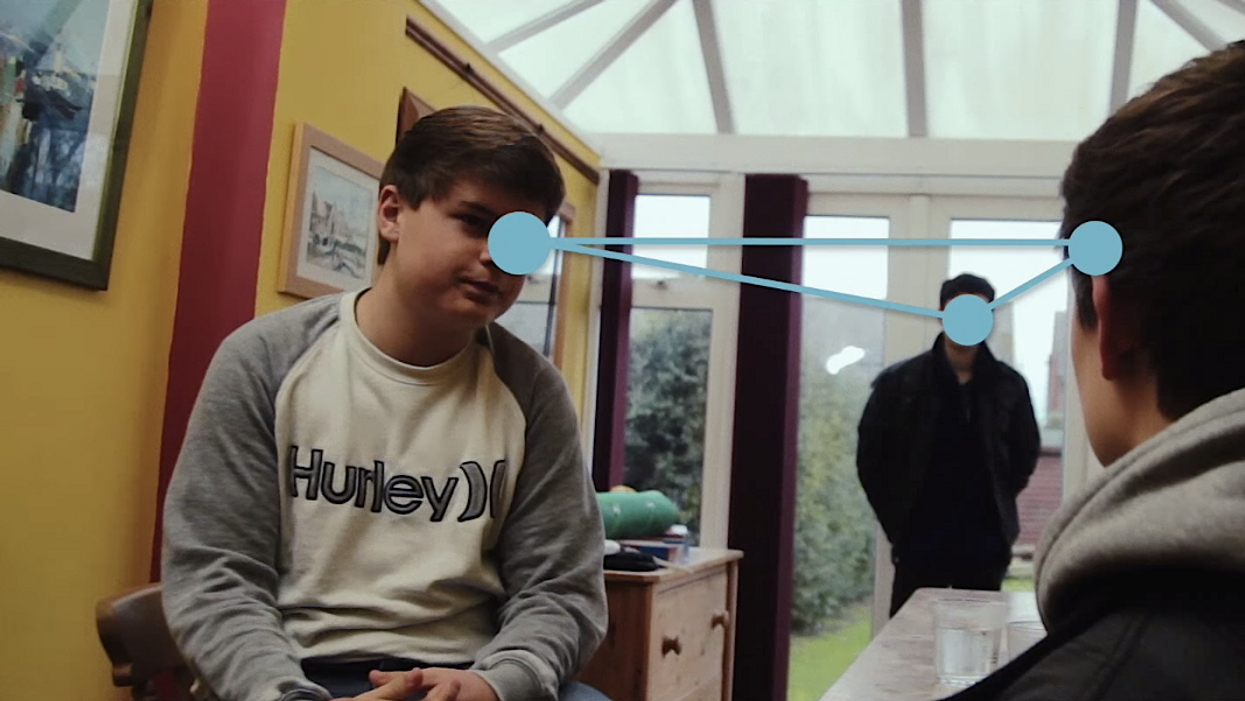Composition & Framing Can Help You Tell Great Stories with Your Cinematography. Here's How
Effectively telling a story through cinematographic choices can seem intimidating if you're just starting out. Luckily, if you know the basics of composition and framing, telling great visual stories becomes significantly more attainable.

Simon Cade of DSLRguide recently put together a fantastic tutorial (and blog post) that focuses on how you can use composition to tell better visual stories. Not only does he provide good visual examples for everything that he's talking about, but he gives some excellent insights into how and why to use each of these techniques. Check out the tutorial below.
While most of these concepts are ones that we've talked about extensively on this site (contrast, composition, framing), it's really helpful for aspiring cinematographers to be able to see them all explained and demonstrated in one video. Internalizing all of these concepts allows us to build a toolkit that we can easily apply to whatever we're working on.
One of the key pieces of information that was only briefly touched upon in this video, however, is that storytelling through cinematography is essentially the art of visually depicting change. If your characters go through a major change during the script, let the your cinematographic choices reflect that change. Let's say that a character starts out timid, shy, terrified of the world around him. You could start with framings that minimize character size while emphasizing and enlarging the environment around him. Wide angle lenses are fantastic for this purpose. Then, as the story progresses and the character becomes more confident, your framings and lens choice begin to mimic that change. Instead of wide angles, you choose longer focal lengths that isolate your character from his foreground and background, and frame him so that he is larger or equal in the frame than the other characters around him.
The other key insight from this video is that none of these rules, if you even want to call them that, are set in stone. As we've seen, rules are meant to be broken, and in fact, many of our greatest filmmakers disregarded these conventions in their own work. The important thing is that you make informed cinematography choices based on what's happening in your story and what your characters are experiencing emotionally.
What are some of your tips and tricks for visual storytelling with composition and framing? Let us know down in the comments!
Source: DSLRguide










![Ethos, Pathos, Logos: 20 Effective Ways to Advertise [Infographic]](https://nofilmschool.com/media-library/ethos-pathos-logos-20-effective-ways-to-advertise-infographic.jpg?id=34064614&width=600&height=600&quality=90&coordinates=560%2C0%2C0%2C0)

